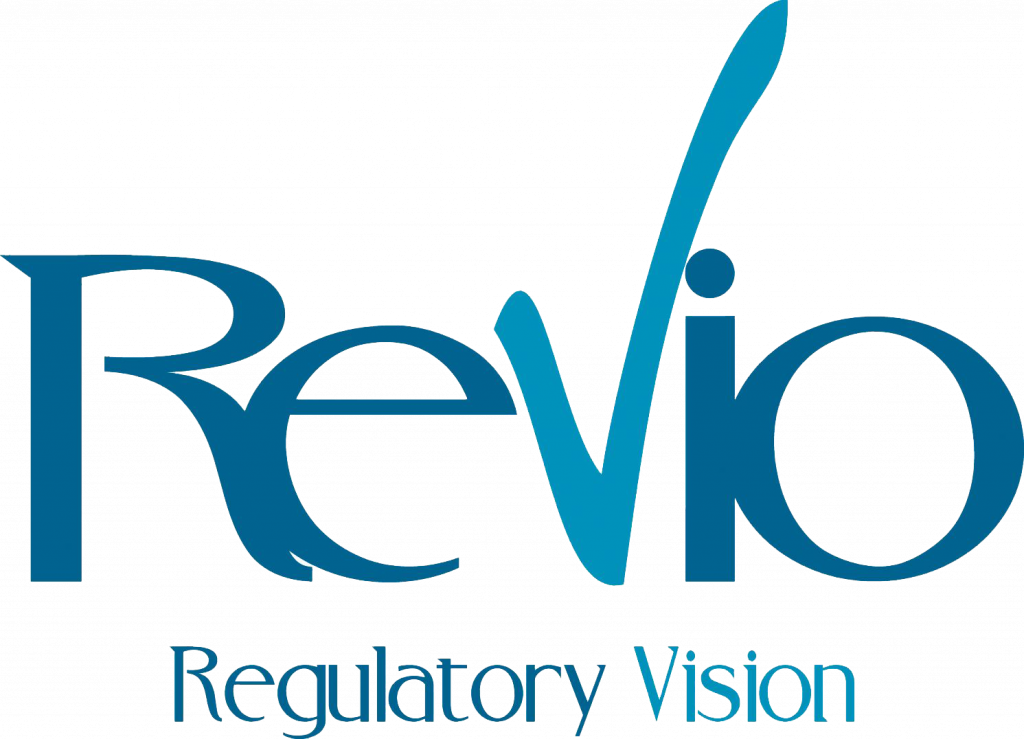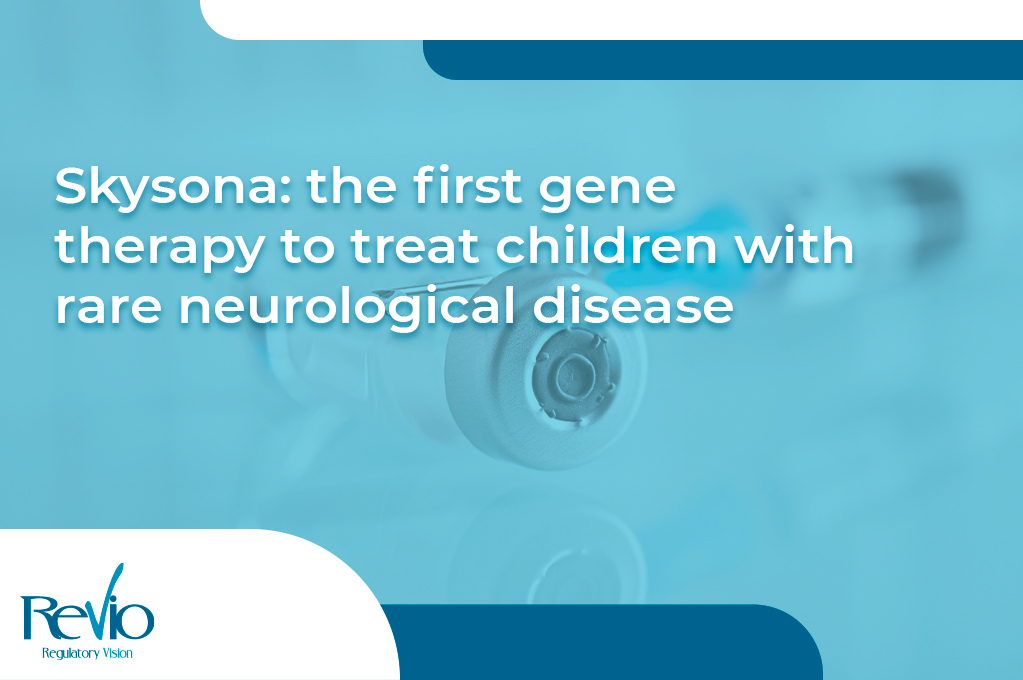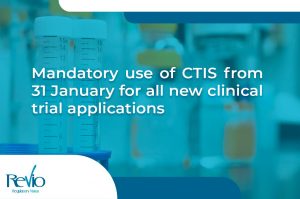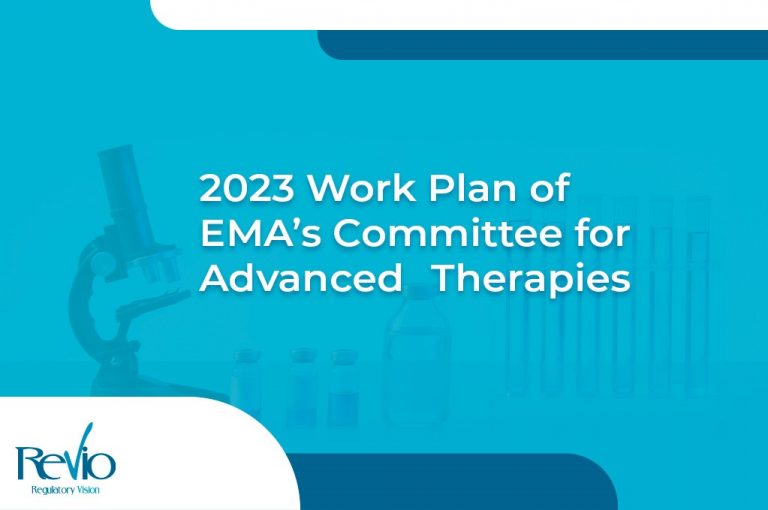European Medicines Agency (EMA) has recommended granting a marketing authorisation in the EU for the gene therapy Skysona (elivaldogene autotemcel). Skysona is currently pending for European Commission decision.
Skysona is indicated for the treatment of early cerebral adrenoleukodystrophy (CALD) in patients less than 18 years of age, with an ABCD1 genetic mutation, and for whom a human leukocyte antigen (HLA)-matched sibling hematopoietic stem cell (HSC) donor is not available.
New gene therapy
The active substance of Skysona is elivaldogene autotemcel, which is made specifically for each patient, using the patient’s haematopoietic stem cells. Then, a lentivirus containing a functional copy of the gene ABCD1 for the ALDP protein modifies cells, so that this gene is carried into the cells. When these modified cells are given back into the patient by infusion into a vein, they are expected to spread through the body and develop into different types of healthy cells. That includes brain cells, that produce the ALDP protein that patients with CALD lack. As a result, patients should be able to break down the accumulated very long chain fatty acids. This will help to reduce the symptoms of the disease.
Skysona is a one-time treatment which can only be given in a specialised hospital by doctors who are experienced in treating patients which CALD, transplanting bone marrow, and using gene therapy medicines.
Clinical trial
EMA’s recommendation for a marketing authorisation is based on evidence from a single-arm clinical trial that enrolled 32 male patients with CALD aged 17 years or younger. The result from this study were compared to those from a study in which 59 patients had a stem cell transplantation. All the patients in the main clinical trial were enrolled in a long-term follow-up study.
An analysis conducted after 24 months from the infusion on 30 subjects enrolled in the study concluded that for 27 of them (90%) treatment with Skysona preserved motor function and communication ability and improved survival when compared to untreated patients at an early stage of cerebral disease. The most serious adverse reaction for Skysona was pancytopenia, low counts for all three types of blood cells: red blood cells, white blood cells, and platelets.
Theoretically, the addition of a new gene into stem cells could cause blood cancers, but this was not seen during the clinical trial but after the treatment patients will be monitored with blood tests to check for any signs.
Cerebral adrenoleukodystrophy
CALD is the most common form of adrenoleukodystrophy (ADL), a rare inherited neurological disease affecting approximately 1 in 21,000 newborn males. This condition is caused by abnormalities in a gene galled ABCD1 which is responsible for the production of a protein called ALDP (adrenoleukodystrophy protein). Patients with the disease lack ALDP which is needed to break down fatty substances in the body called very long chain fatty acids. As patients with CALD cannot break down these fatty substances, they gradually build up in cells in the brain. This build-up leads to inflammation and destruction of the protective sheath, myelin, that insulates and improves the way the nerves function.
40% of boys are diagnosed with ALD develop CALD, typically during childhood. If untreated, nearly half of the patients die within 5 years of symptom onset. Currently, there is no medicine approved for the treatment of this disease. Only therapeutic intervention is transplantation of stem cells from a donor. This procedure presents several complications and risks which are reduced for those patients who have a matching sibling donor. However, these represent less than 30% of patients with CALD. Therefore, there is an unmet medical need for these patients, and for this, Skysona was accepted into PRIME scheme.
This product was designated as an orphan medicine during its development. EMA will now review the information available to date to determine if the orphan designation can be maintained.
If you want to know more, check out the official press release here.
Nevertheless, we have launched a dedicated webpage to bring you the latest updates, guidance and developments. You can also follow us on LinkedIn.
We hope you find this useful and of interest. If you would like to discuss any of these updates with the team at REVIO, please get in touch here.




